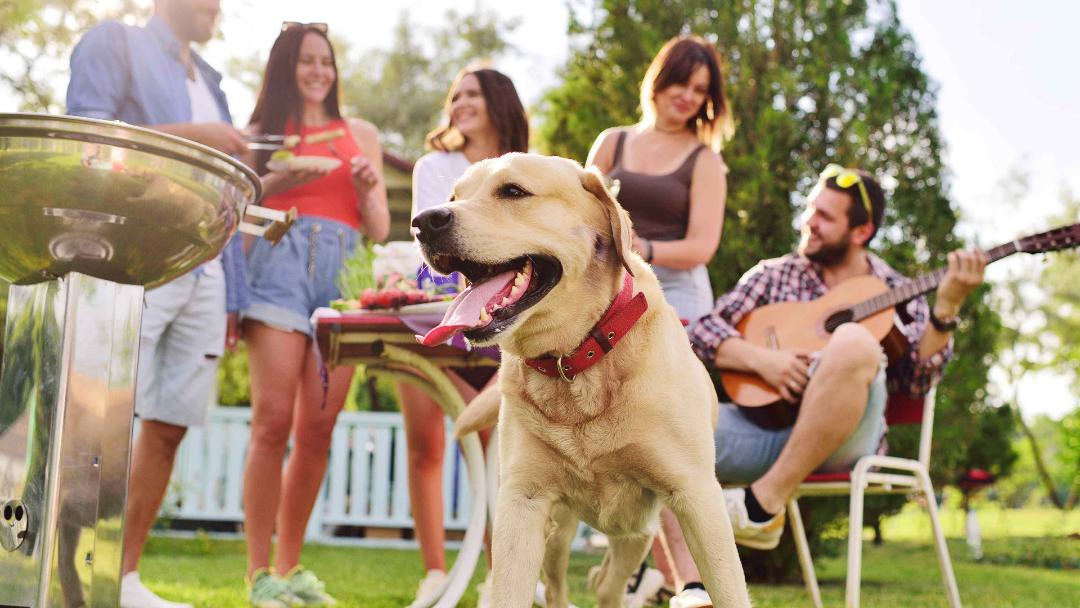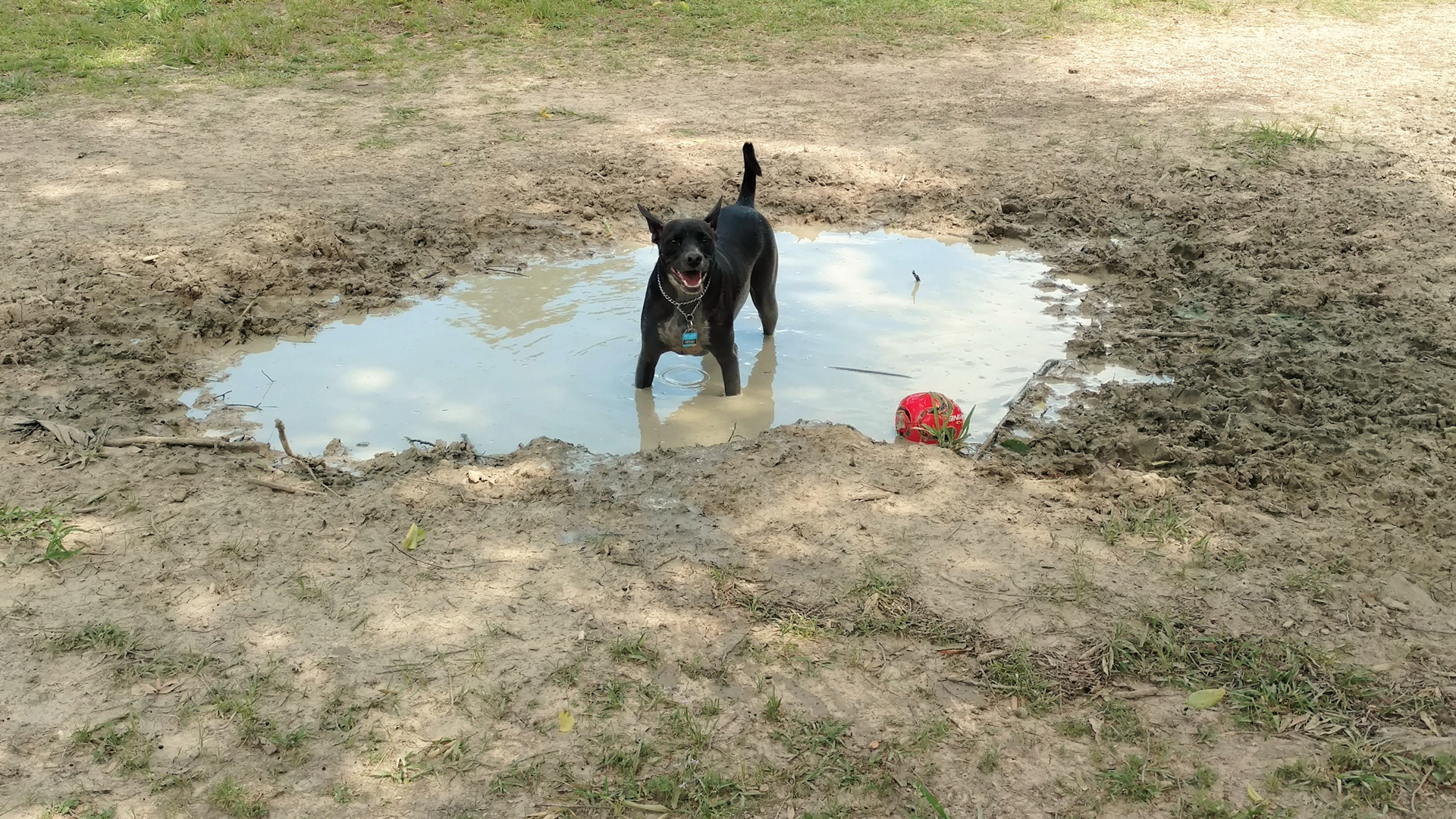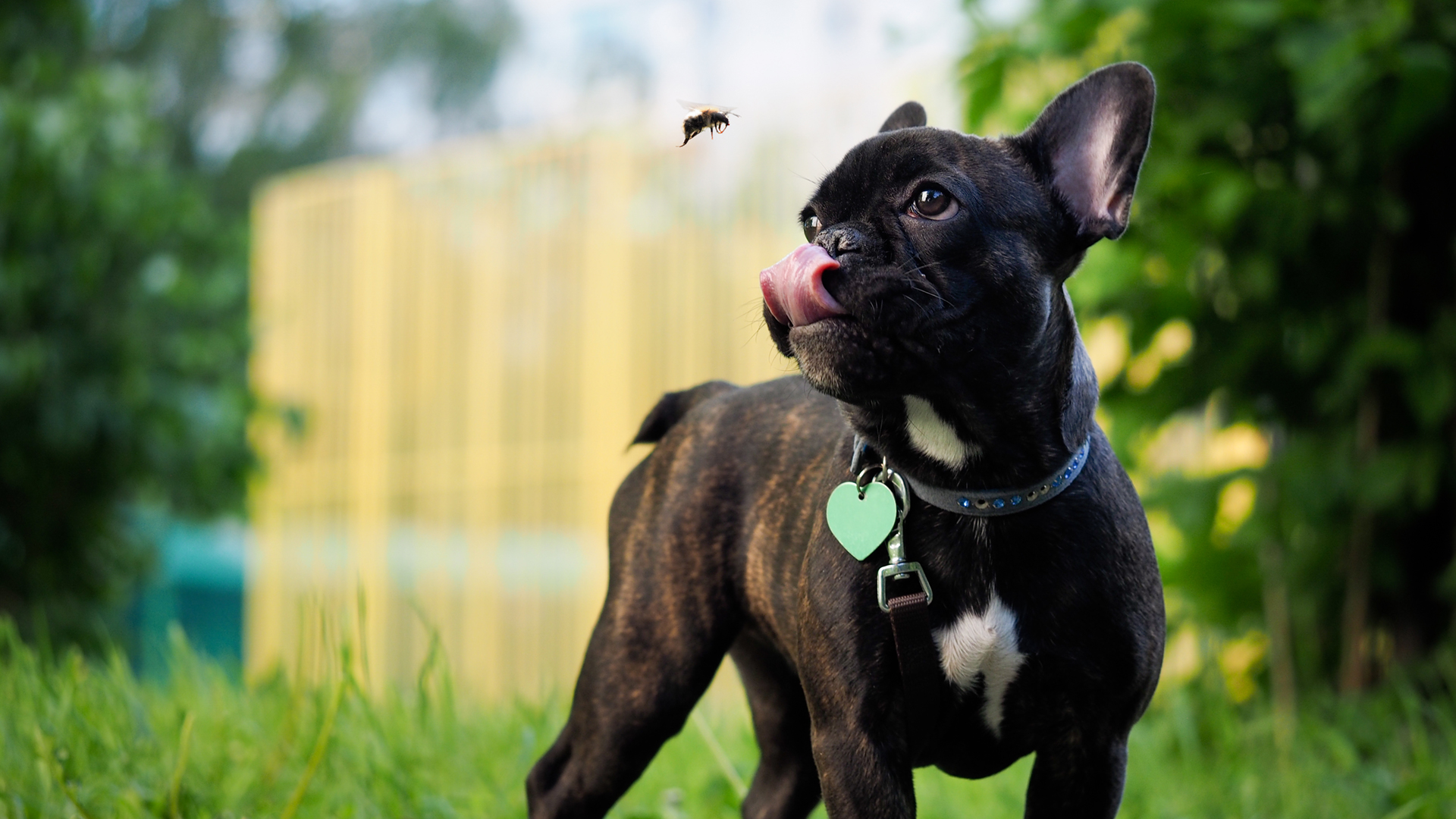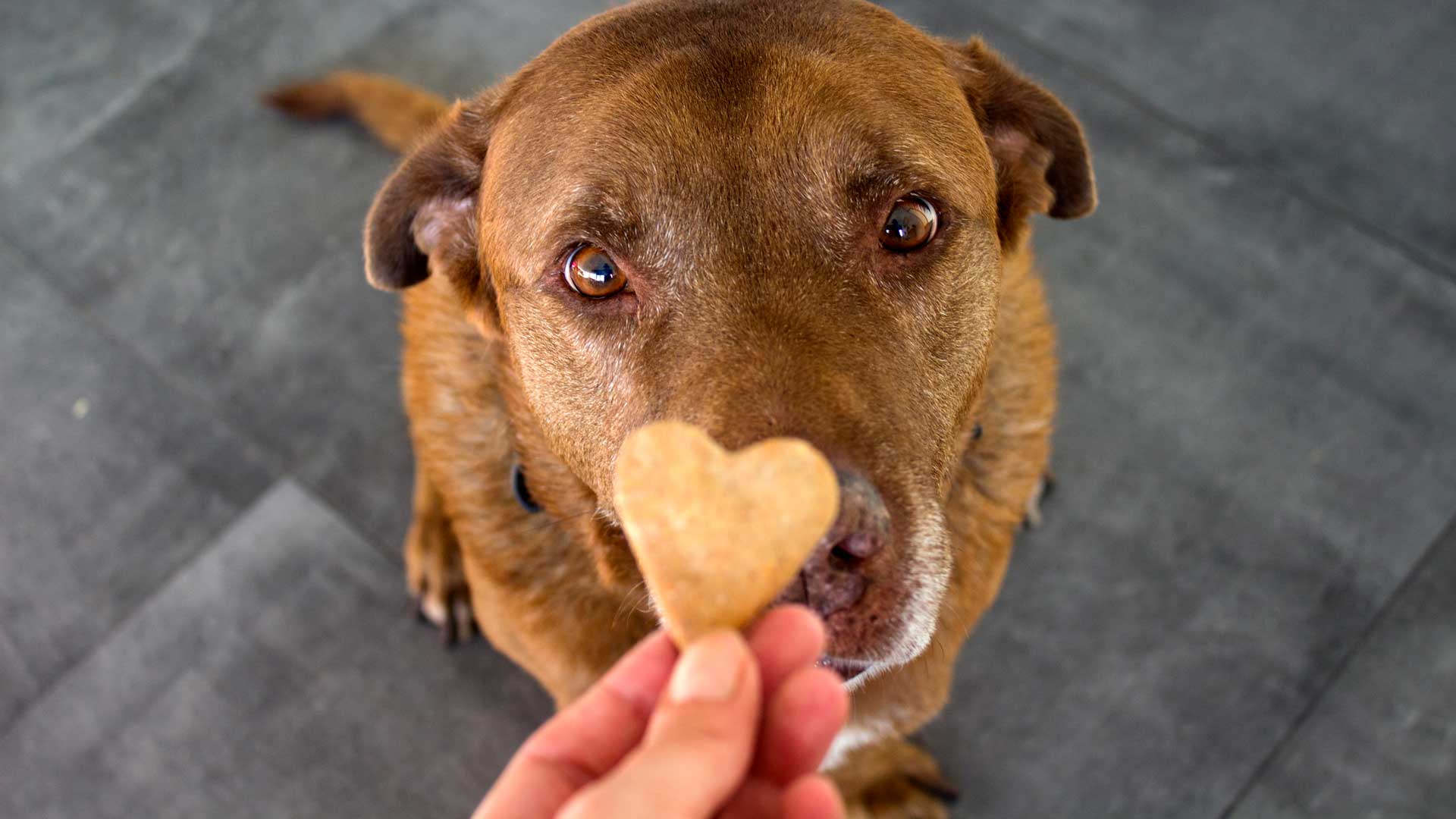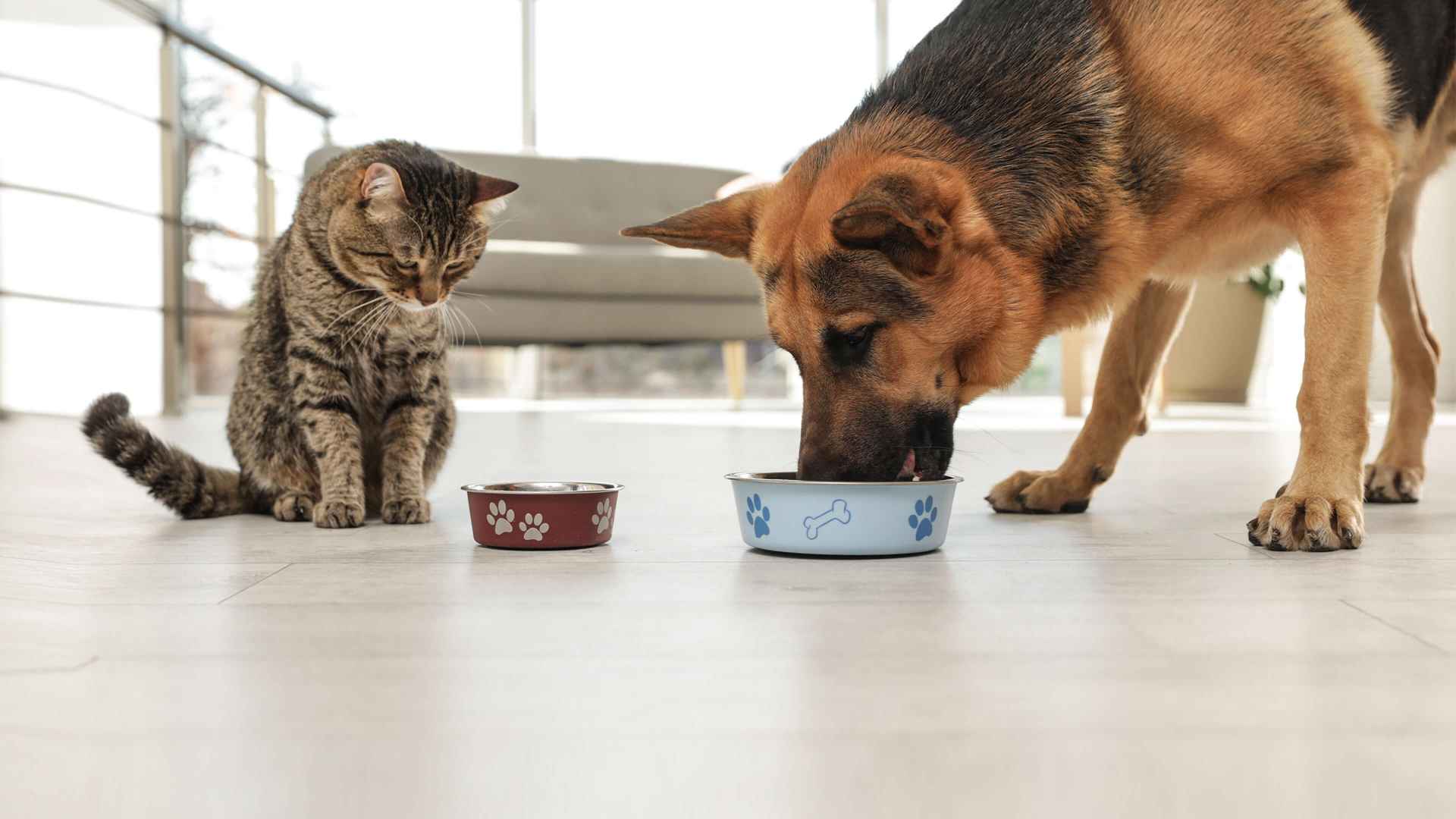8 summer safety tips for your dog
Rejoice! It’s time for family vacays, beach stays, road trips, and backyard BBQs — all of the fun hot weather activities to do with your loved ones and pets.
It’s also time to brush up on your safety knowledge so you can keep your little hotdog safe and comfortable during the hot summer months.
Water, water, water
Just like humans, dogs can get dehydrated in hot summer weather and require plenty of fresh water to help regulate their body temperature. If you’re planning on spending a lot of time outdoors with your pup, it’s important to know the signs of dehydration: loss of appetite, excessive panting, dry nose, vomiting or diarrhea, low energy, and thick saliva. If your dog is experiencing any of these symptoms, make sure to give them fresh, clean water and if their symptoms persist, call your local Banfield veterinarian right away.
Keep those paw pads cool
If the road or asphalt is too hot for your bare feet, then it’s too hot for your doggo’s paws. Though they appear tough, dog paws are quite sensitive and hot asphalt can cause blisters and burns. Walking your dog during the cooler times of the day is always a good idea, and so is walking them on the grass. If neither option is possible, consider investing in doggie booties. Not only will they help protect your dog’s paws, they’ll make your little cutie look super dashing as well.
Give ’em shade
If your dog is spending time outside, consider buying or building a shade. Large umbrellas, pop-up tents, and sunshades are a good start. Shade helps protect them from direct sun and keeps their surrounding area a little bit cooler.
Sunrise, sunset
If you don’t have the resources to keep your dog protected during the heat of the day, consider saving outdoor time for early mornings and evenings. Late afternoon, between 3 and 5 p.m., is the hottest part of the day, and the coolest time is an hour after sunrise.
Never leave your dog in the car
You know the warning about not leaving your dog in a hot car? There’s a reason for it: Leaving your dog in a hot car can seriously harm or kill them, which is why it’s illegal in many states. In a very short period of time, the temperature inside a car can rise 20–40 degrees. Yes, even with the windows cracked open. Dogs can develop heatstroke within a matter of minutes in a hot car, so don’t play around with your pup’s life.
What’s cooking?
It’s no secret that dogs love table scraps. Maybe you have your own little canine scavenger at home. While it’s tempting to feed your pup human food, the truth is you should resist the urge, especially when it comes to BBQ. Foods like hamburgers and hotdogs are much loved by dogs, but they’re loaded with calories, sugars, and fats that can cause gastrointestinal upset or even pancreatitis. More problematic are bones. Though dogs’ teeth are designed to break up bones, splinters can get lodged in their throat or GI tract and cause bleeding, choking, or death.
Just swimmingly
Most pups, but not all, enjoy a good romp in the water. And while many are natural swimmers, it’s still important to practice swimming safety with them. First, if you own a pool, make sure to have a gate or pool cover. Puppies in particular are susceptible to drowning. If you let your dog swim in your pool, make sure they don’t drink the water as the chlorine in it can cause nausea, vomiting, or diarrhea. If your dog will be swimming in a lake, pond, or river, check beforehand to make sure there are no algae warnings in the area. Certain water algae can cause sickness and even death in pets. And lastly, please note that it's a big risk to let your dog swim in the ocean. Rolling waves can be dangerous for dogs, even if they’re good swimmers.
Check for fleas and ticks
More outdoor time means more opportunities for ticks and fleas to hitch a ride on your pup. At the end of each day, do a tick and flea check. It only takes a couple of minutes and can help avoid disease or flea infestations. Our How to Check for Ticks video shows you all the important places to look. (Hint, hint: Make sure your dog is also on flea and tick prevention meds.)
 Mites and mange
Mites and mange Podcast - Not Just Fluff
Podcast - Not Just Fluff
